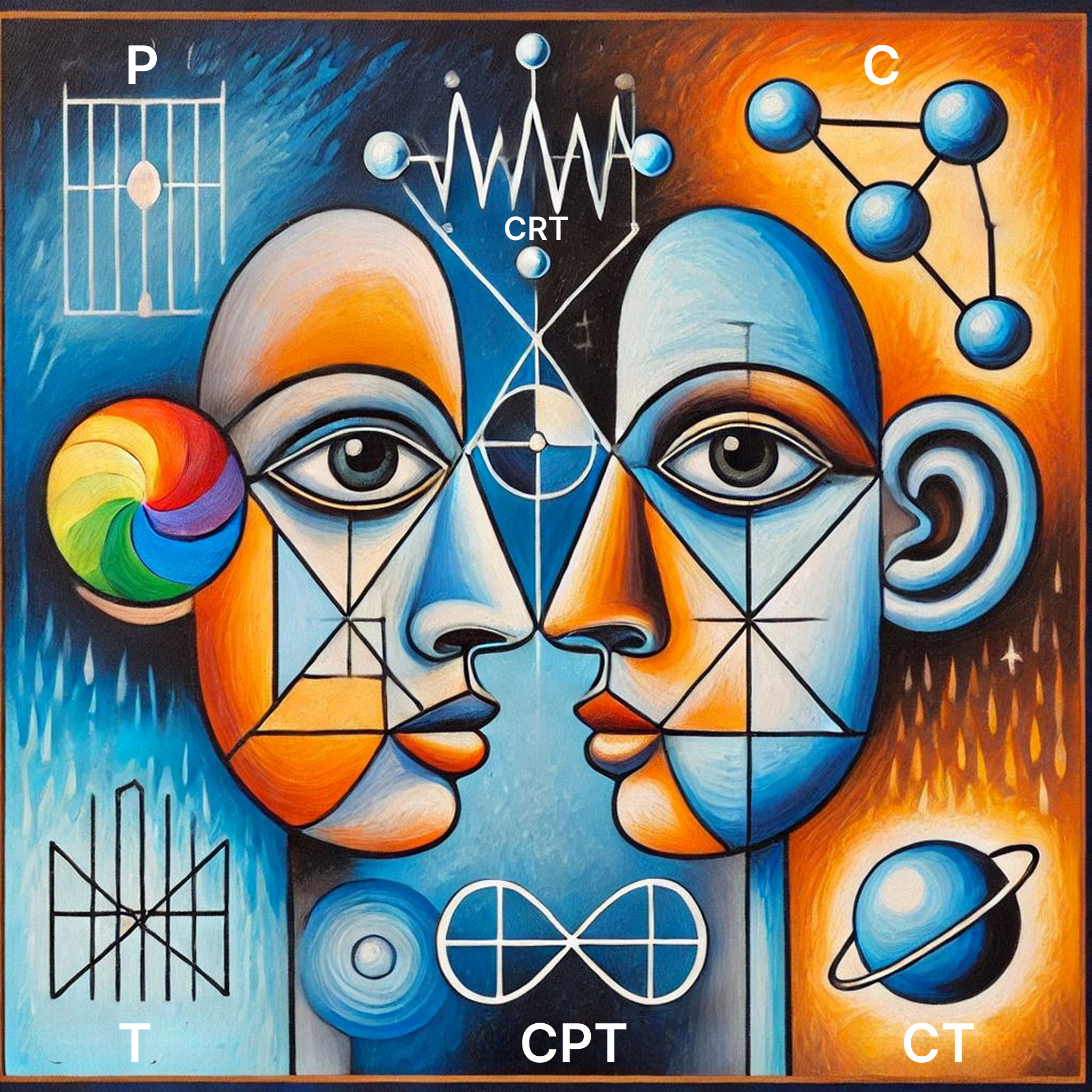















C, P and T in fractions
Charge conjugation (C), mirror reflection (R), time reversal (T), and fermion parity (−1)F are basic discrete spacetime and internal symmetries of the Dirac fermions. In this article, we determine the group, called the C-R-T fractionalization, which is a group extension of ℤC2×ℤR2×ℤT2 by the fermion parity ℤF2, and its extension class in all spacetime dimensions d, for a single-particle fermion theory. For Dirac fermions, with the canonical CRT symmetry ℤCRT2, the C-R-T fractionalization has two possibilities that only depend on spacetime dimensions d modulo 8, which are order-16 nonabelian groups, including the famous Pauli group. For Majorana fermions, we determine the R-T fractionalization in all spacetime dimensions d=0,1,2,3,4mod8, an order-8 abelian or nonabelian group. For Weyl fermions, we determine the C or T fractionalization in all even spacetime dimensions d, which is an order-4 abelian group. We only have an order-2 ℤF2 group for Majorana-Weyl fermions. We determine the maximal number of linearly independent Dirac and Majorana mass terms and construct them explicitly. We also discuss how the conventional Dirac and Majorana mass terms break the symmetries C, R, or T. We study the domain wall dimensional reduction of the fermions and their C-R-T fractionalization: from d-dim Dirac to (d−1)-dim Dirac or Weyl and from d-dim Majorana to (d−1)-dim Majorana or Majorana-Weyl.
In press Advances in Theoretical and Mathematical Physics (2025)